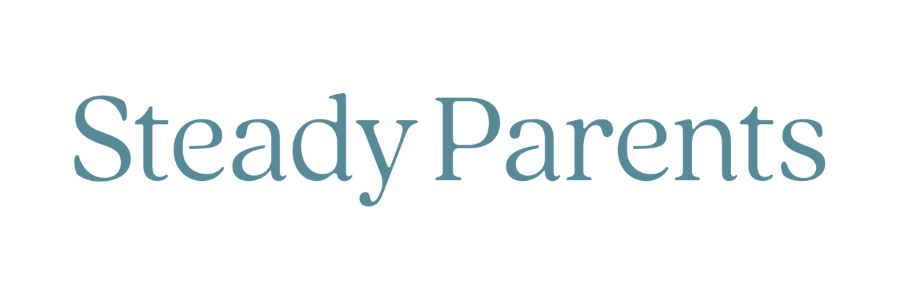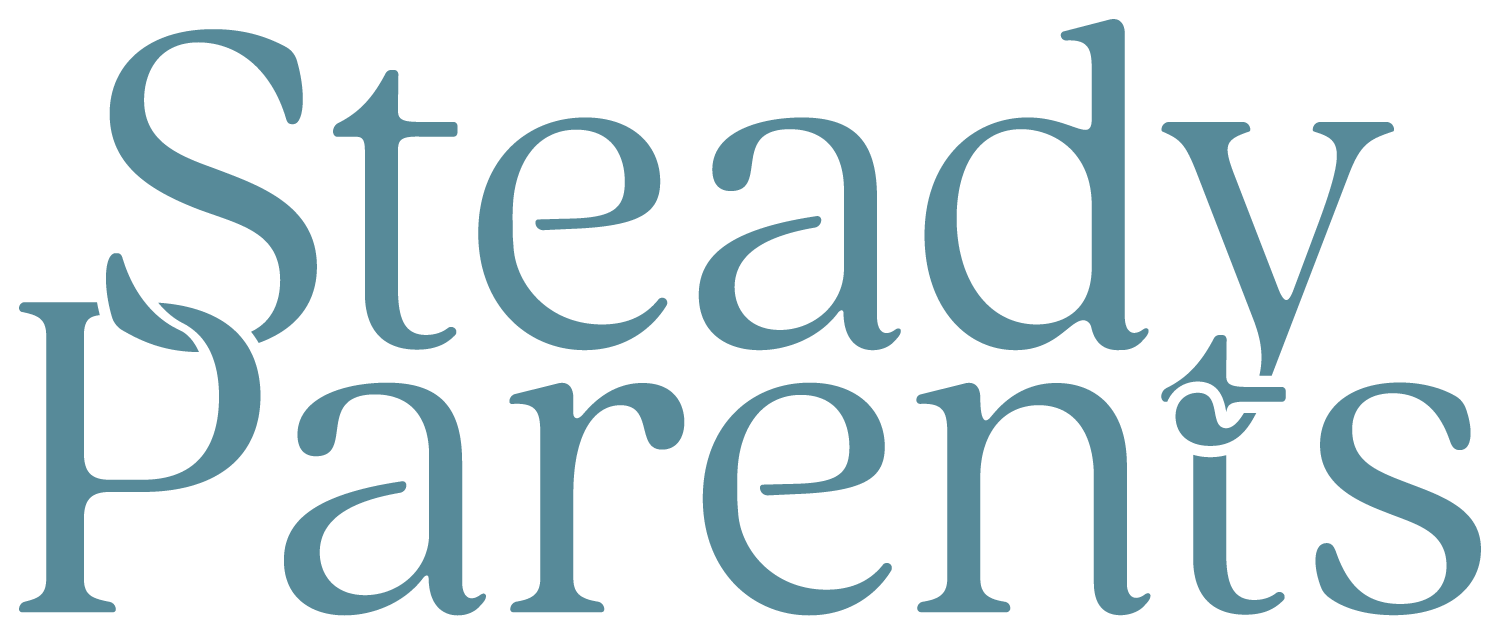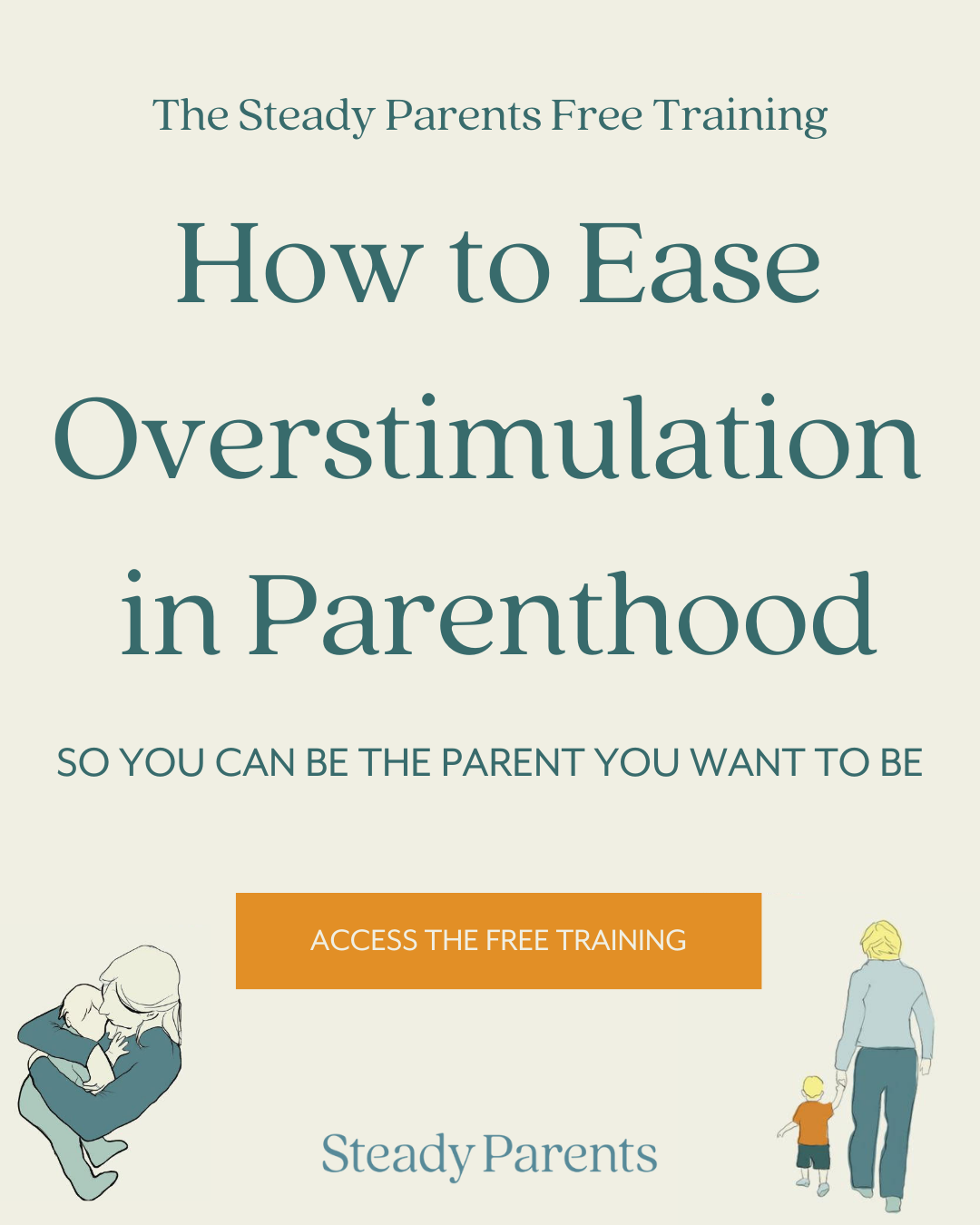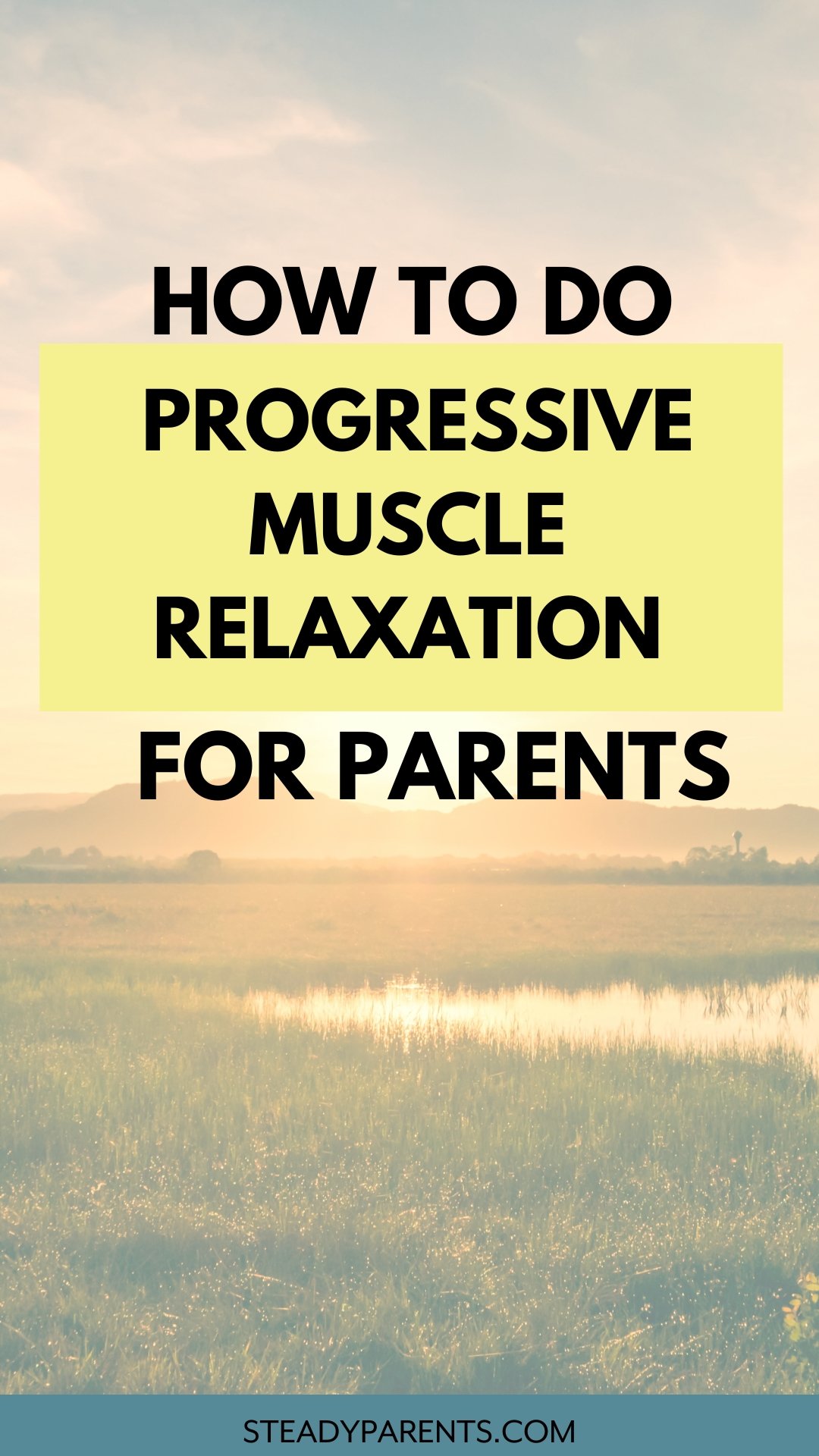Progressive Muscle Relaxation: An Effective Technique for Touched-Out Parents
As a coach and occupational therapist supporting parents through the challenges of overstimulation and sensory processing disorders, I understand the importance of effective relaxation techniques.
Whether you have ADHD, sensory processing disorder, or are simply stressed from the day to day duties of parenthood, the PMR technique is an important tool to keep in your sensory toolkit.
In this blog post, we'll explore Progressive Muscle Relaxation (PMR) as a valuable tool for touched-out parents looking to reset their nervous system and find moments of calm amidst the chaos of parenting young children.
What is Progressive Muscle Relaxation?
Progressive Muscle Relaxation (PMR) is used for various purposes, such as reducing stress, managing anxiety, improving sleep quality, relieving muscle tension, and promoting overall relaxation and well-being (NIH, 2021).
For parents who are touched-out, burned-out, or simply overstimulated from the chaos of parenting young children, the progressive muscle relaxation technique is a great tool you can use in the moment to give yourself a much needed nervous system reset.
Progressive Muscle Relaxation (PMR) was first developed in the 1930’s by American physician Edmond Jacobson, and is a technique used to systematically tense and relax muscle groups in the body to induce a state of deep relaxation (VeryWell, 2023).
It involves tensing specific muscle groups for a few seconds and then releasing the tension, allowing the muscles to relax completely.
You may be thinking, “okay but I’m constantly stressed and I feel like my muscles are already so tense. Will progressive muscle relaxation really help me?”
The short answer is yes. Whether you’re a jaw clencher, fist maker, or someone who carries all of their tension in their neck or shoulders, PMR is a great technique to teach your body how a relaxed muscle feels different than a tense muscle and how to better control your body’s response to stress and stimuli.
Progressive muscle relaxation is also sometimes prescribed to patients with conditions such as high blood pressure, migraines, back pain, and neck pain.
What is the PMR technique used for?
PMR is used for various purposes, including:
Reducing stress and anxiety levels
Promoting relaxation and calmness
Improving sleep quality and reducing insomnia
Relieving muscle tension and physical discomfort
Enhancing overall well-being and emotional balance
For touched-out parents, PMR offers a practical and accessible way to alleviate the effects of overstimulation and regain a sense of control over their bodies and minds.
Imagine this- your kids are fighting, throwing tantrums, sending food flying off their plates, while their cartoon is blasting in the background. You feel yourself getting worked up and about to snap.
Right there, in the middle of the chaos, contract a group of muscles, hold, and relax.
The more often you do it, the more quickly it’ll work, because your brain will be able to pick up on those “safety signals” more easily.
Your kids will even start to notice you taking this moment of pause and start to implement this strategy on their own! Possibly preventing future meltdowns and temper tantrums. Can you even imagine?!
You can even teach your kids how to do this calming technique as they prepare for bed, since some kids, especially those with ADHD or sensory processing disorder, may take a bit longer to achieve a state of relaxation before falling asleep.
How to do Progressive Muscle Relaxation
So I bet you’re wondering how to even start doing progressive muscle relaxation. I’m here to show you how!
You can use the following PMR script or create a process of your own:
Find a quiet and comfortable place to sit or lie down. Although this is the gold standard, if you have to do it standing up (hiding from your kids in your bathroom or pantry) something is better than nothing!
Close your eyes and take a few deep breaths to relax.
Begin by focusing on your feet. Curl your toes tightly for a few seconds, then release and let the tension go. Feel the relaxation spreading through your feet.
Move on to your calves, thighs, buttocks, abdomen, chest, arms, hands, neck, and face, repeating the process of tensing and relaxing each muscle group.
As you tense each muscle group, hold the tension for about 5-10 seconds, then release and let go completely.
Continue this process, moving from one muscle group to another, until you have covered your entire body.
Take a few moments to enjoy the deep sense of relaxation and calmness that follows.
Why Does Progressive Muscle Relaxation Work for Overstimulation?
PMR is effective for overstimulation because it helps activate the body's relaxation response, which counteracts the effects of the stress response triggered by overstimulation.
By systematically tensing and relaxing muscles, PMR promotes physical and mental relaxation, reduces muscle tension caused by stress, and calms the nervous system. This can lead to a sense of calmness, improved emotional regulation, and a greater ability to cope with the challenges of parenting and daily life.
Progressive Muscle Relaxation Benefits
In case the benefits of PMR haven’t already been made clear here’s a list of some of the positive effects you may experience after adding the progressive muscle relaxation technique to your daily routine:
Reduces stress and anxiety levels
Promotes relaxation and calmness
Improves sleep quality and reduces insomnia
Relieves muscle tension and physical discomfort
Enhances overall well-being and emotional balance
Similarities Between Guided Meditation and Progressive Muscle Relaxation
While PMR and guided meditation are distinct techniques, they share similarities in promoting relaxation, reducing stress, and enhancing mindfulness. Both practices involve focused attention, deep breathing, and a sense of present-moment awareness.
However, PMR specifically targets muscle tension and physical relaxation, making it a valuable complement to guided meditation for touched-out parents seeking holistic relaxation solutions and those seeking a more physical approach to stress reduction.
The key is for parents to remember to take a moment to pause, notice how they are feeling, and implement one of these tools sooner rather than later so that they don’t reach the point of snapping at your kids.
Progressive Muscle Relaxation Script
For more information on progressive muscle relaxation and scripts to improve your stress, be sure to check out the Sensing Your Needs in Parenthood course. I provide both audio guides that you can take on-the-go and pdf scripts to keep handy whenever you need a moment to decompress.
Conclusion
Progressive Muscle Relaxation (PMR) is a powerful and accessible technique that touched-out parents can use to manage overstimulation, reduce stress, and promote relaxation.
By incorporating PMR into your daily routine, you can experience the numerous benefits it offers for physical, mental, and emotional well-being. Combine PMR with other relaxation practices like guided meditation and body scans to create a comprehensive approach to self-care and stress management in your parenting journey.
Pin this for Later:










